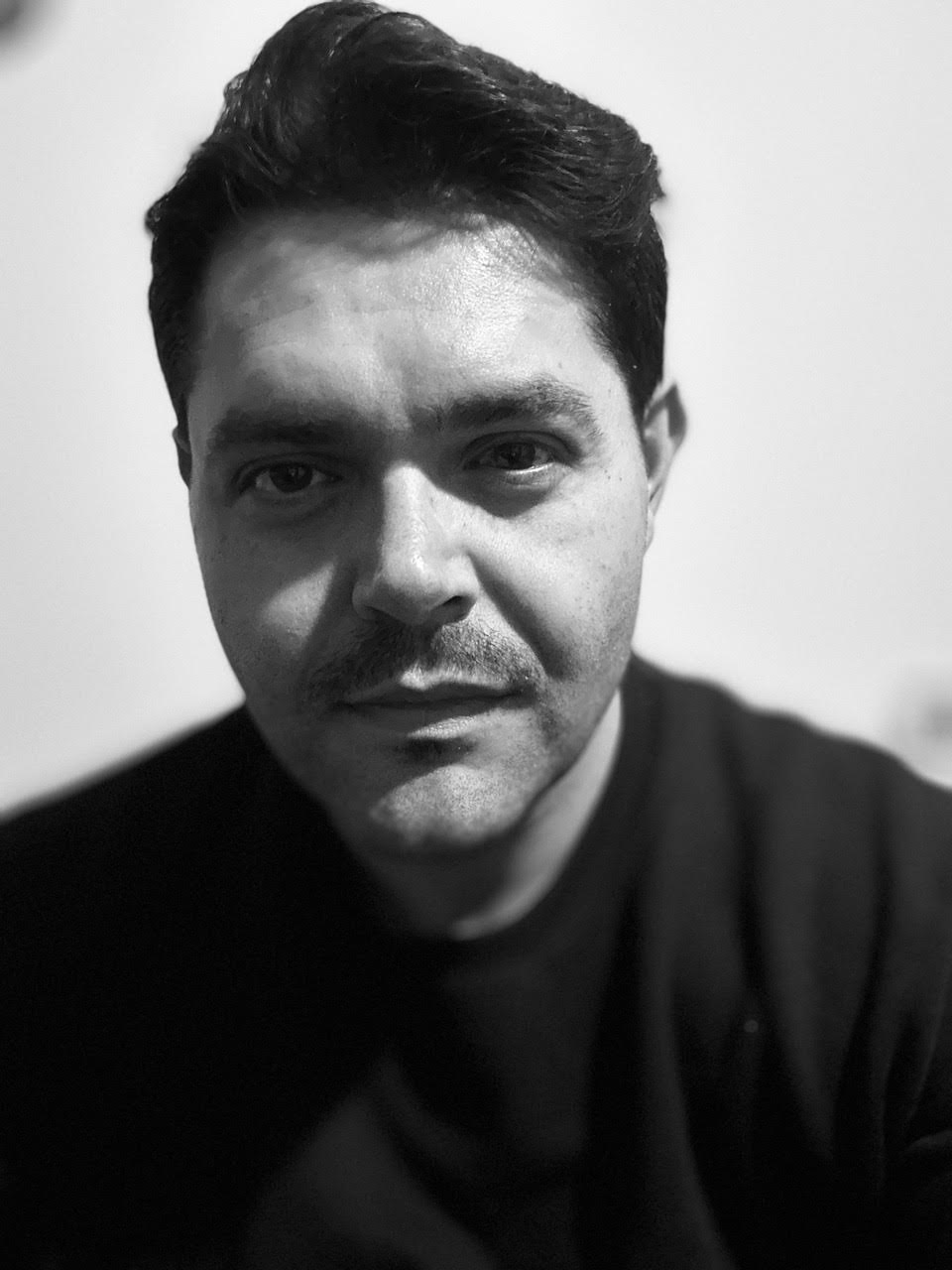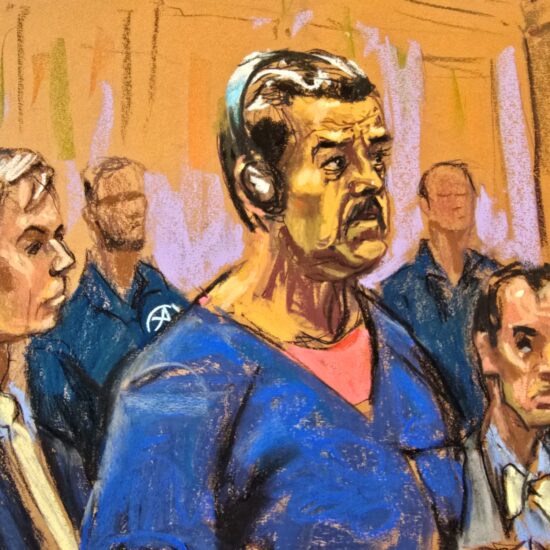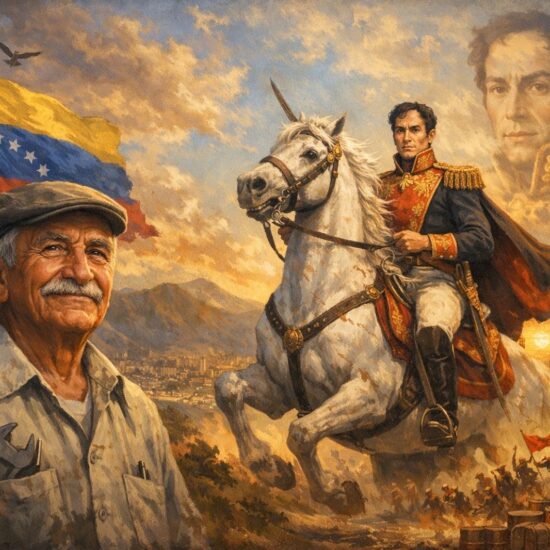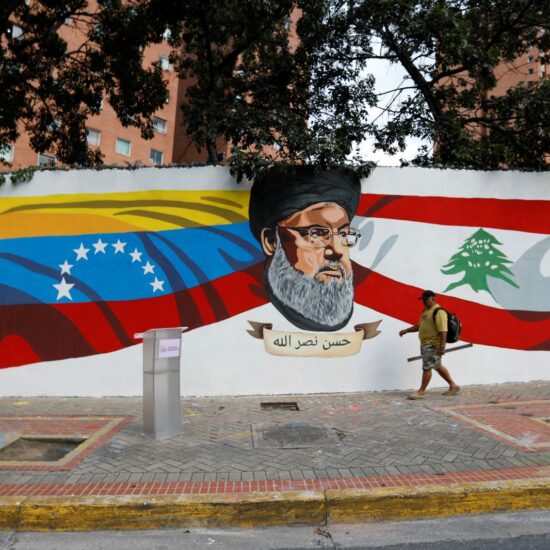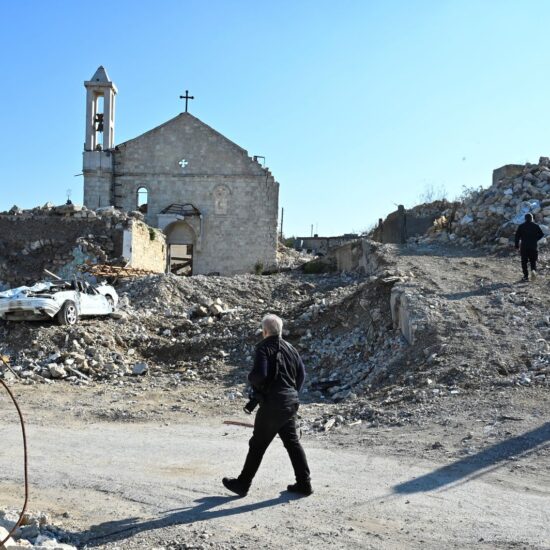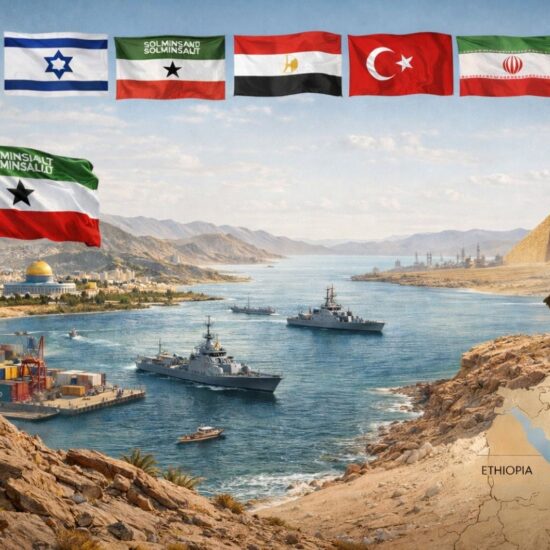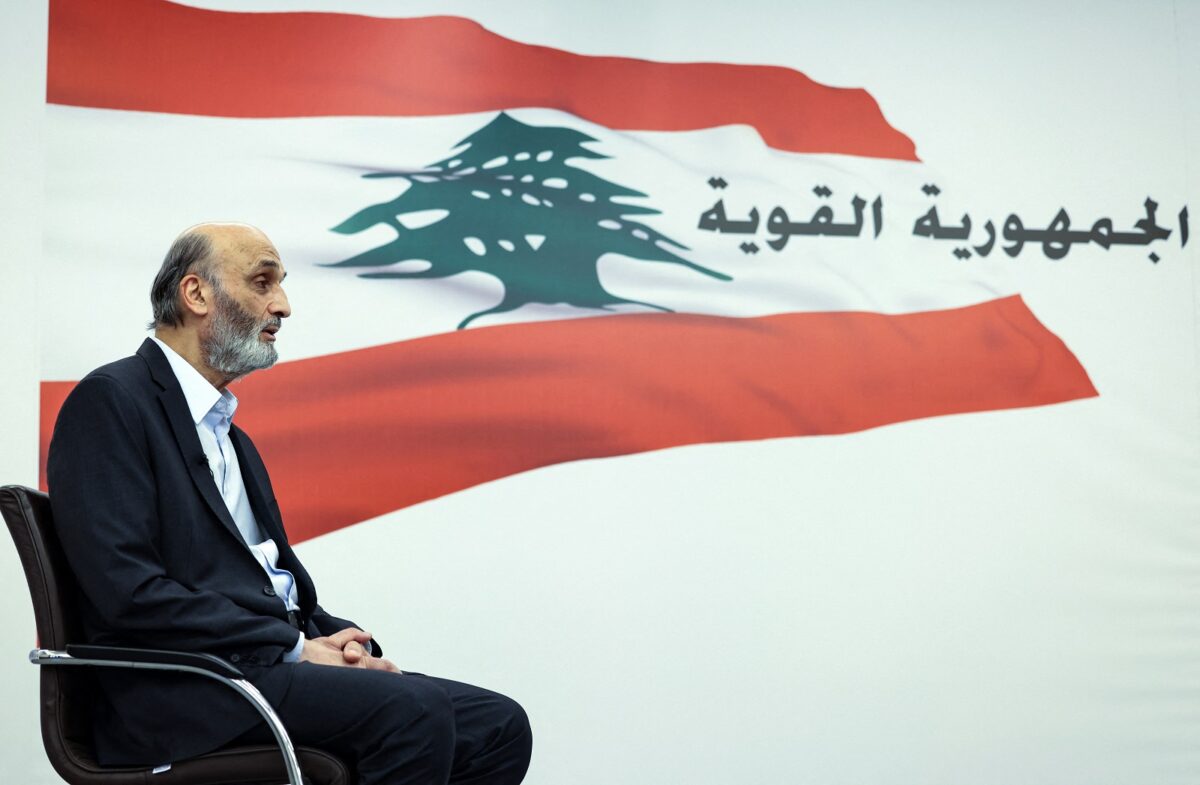
Questioning Hezbollah's influence in Lebanese politics - a dive into the strategic maneuvers and regional implications.
In a recent interview, Dr. Samir Geagea posited that Hezbollah, despite its military prowess, does not dominate Lebanon’s political arena. He argued that Hezbollah’s failure to secure the presidency for their candidate exemplifies this weakness. He also expressed skepticism that any regional agreement could legitimize Hezbollah’s power without internal consensus. This perspective may stem from Dr. Geagea’s view of his historical and current influence in Lebanese politics—a view that might overestimate the political strength and influence of his faction relative to Hezbollah.
The Illusion of Control and the Reality of Influence
Dr. Geagea’s assertion overlooks several crucial aspects of Hezbollah’s strategy and influence. First, the proposal of Sleiman Frangieh as a presidential candidate by Hezbollah was likely a calculated move, knowing well that his candidacy might falter. This tactic has effectively kept the political community reactive to Hezbollah’s agenda, maintaining a status quo beneficial for their autonomous operations. By dictating the political conversation, Hezbollah has demonstrated a form of control and influence that arguably marks them as a, if not the, dominant political faction in Lebanon.
Groups like Hezbollah, which are keen on expanding their autonomy, often benefit from the failures or weaknesses of the state. The absence of a strong central government or the failure to elect a president, especially one they back, allows Hezbollah to continue its operations with fewer institutional hurdles. A stable and functional state with effective institutions would mean a more robust oversight mechanism—potentially including security forces more actively monitoring and possibly intercepting movements such as missile transports from Syria.
In a scenario where the state’s institutions are revitalized under any presidency, these movements would be under greater scrutiny. Hezbollah would have to coordinate more extensively with security forces, which involves broadening their operational exposure and potentially compromising the secrecy and efficiency of their logistics. This would contradict their strategic objectives, as Hezbollah tends to keep its operational circle as tight and closed as possible to maintain security and control.
A stable Lebanon with a functional presidency and active institutions means a broader circle of oversight and accountability, which could disrupt Hezbollah’s logistical operations, including the movement of missiles and other military assets. This is why a weak state, one where institutions are not robust enough to challenge or oversee Hezbollah’s activities effectively, aligns better with their interests of maintaining autonomy and operational freedom.
Therefore, while Dr. Geagea may view the failure to elect a Hezbollah-favored president as a political weakness, it might, in fact, serve Hezbollah’s broader strategic interests by preserving a status quo that minimizes institutional barriers to their operations. Understanding this aspect is crucial for realistically assessing the power dynamics within Lebanon and the interests that drive them.
Regional Dynamics and Historical Precedents
The history of Lebanon is replete with examples where the will of the strongest faction, often in alignment with regional powers, has shaped the nation’s trajectory. This dynamic is clearly illustrated by the creation of Greater Lebanon in 1920. Driven by the Maronite Christian majority, who were then the dominant political and economic class, the boundaries were drawn to include diverse populations that the Maronites could politically and culturally influence. This was achieved with the backing of the French, who were keen on maintaining a Christian-friendly regime in the Middle East to counterbalance the predominantly Muslim nations surrounding Lebanon. This creation was met with reluctance from various non-Maronite groups who felt sidelined in the new state configuration, reflecting a recurring pattern of internal power wielded in concert with external support.
Continuing through the 20th century, the National Pact of 1943, which was an unwritten agreement devised to quell inter-sectarian conflict, further demonstrates this pattern. The pact, which designated leadership roles within the state based on religious affiliation, was essentially a political compromise brokered among the most powerful factions at the time—the Maronites and the Sunnis—with little regard for smaller sects or broader democratic representation. This pact aimed to stabilize internal governance but did so at the expense of less powerful groups, setting the stage for future conflicts fueled by unresolved disparities in power and representation.
The Taif Agreement, negotiated in 1989 to end the protracted Lebanese civil war, aimed to redistribute political power more equitably among Muslim and Christian factions. Yet, this agreement, too, was met with significant resistance, especially from prominent Maronite figures who saw the dilution of their historically dominant political role as a threat to their community’s future. The Taif Agreement’s efforts to balance power—by enhancing the roles of the Prime Minister and Parliament relative to the President—were a clear response to the shifting demographics and political realities in Lebanon. Yet, it was the regional pressures, especially from Syria and Saudi Arabia, that were pivotal in pushing the warring factions toward compromise.
These historical events underline a consistent theme: agreements and political restructuring in Lebanon have often been driven by the prevailing power dynamics of the time, typically overlooking broader consensus in favor of appeasing dominant groups and their regional backers. The persistence of these dynamics has resulted in a political system that, while ostensibly more balanced, still reflects the interests and influences of those powerful enough to dictate or disrupt the status quo. Understanding this historical context is crucial for any current analysis of Lebanon’s political landscape and the prospects for genuine reform or peace.
Looking Forward: Acknowledging Realities for Effective Change
Dr. Geagea’s current stance may overlook the embedded and historical influence of regional and internal power plays in shaping Lebanon’s politics. To genuinely confront and challenge Hezbollah’s dominance, a realistic acknowledgment of these power dynamics is crucial. Recognizing Hezbollah’s current political maneuvering as part of a longstanding pattern of strategic dominance can provide a clearer pathway for proposing realistic, viable alternatives that might better align with the interests of all Lebanese factions.
Only by understanding and accepting the nuanced realities of Lebanese politics—where international and regional interests often intersect and sometimes collide with internal dynamics—can Lebanon hope to forge a more balanced and representative political future.
Ramzi Abou Ismail is a political psychologist and researcher at the University of Kent.
The views in this story reflect those of the author alone and do not necessarily reflect the beliefs of NOW.


